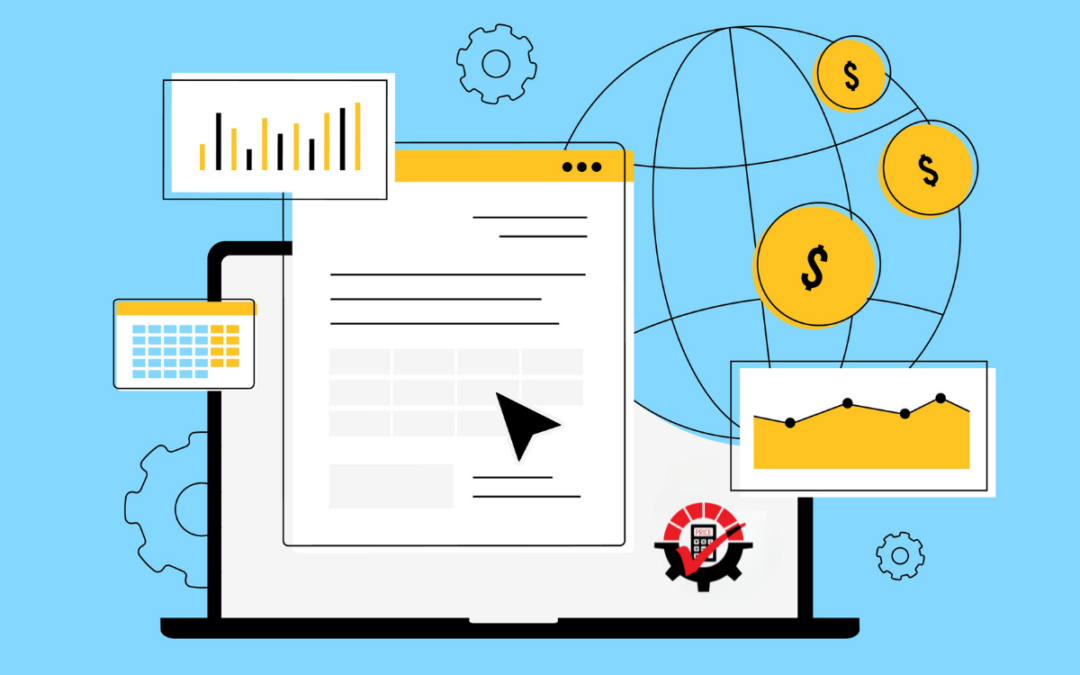Do you want to keep your customers happy? We hope you are answering with a resounding YES! In addition to keeping your customers happy, studies show that implementing rebate management solutions can lead to a measurable increase in profit margins, especially when they’re automated.
What is a Rebate?
Unlike a discount which occurs before an actual sale, rebates are an incentive to the customer to complete the transaction. By returning a portion of the sale back to the customer, this marketing strategy encourages the customer to keep purchasing.
Points to Consider Before Implementing a Rebate Program
- Do some research and find out how your competitors are using them.
- Programs and rebates need to be well thought out. You need to have a plan, a strategy, and a process to track, report on, and incentivize not only your customers but your sales staff too.
- Rebates should not be based entirely on growth. Eventually, every distributor has a flat year. If the rebates are heavily skewed in the growth direction it could take revenue away from your channel when they need it most for driving sales forward.
- The best rebate programs are built around distributor behavior. If you want to displace niche competitors on the distributor’s shelf, link the rebate to being the only product line on their website. Want better visibility in their showroom, base the rebate on being the only product line displayed. We could list a dozen more points like this but, you get the picture.
Rockton Pricing Management (RPM) Automates the Entire Process
With Rockton Pricing Management (RPM) we take the guess work out of the who, what, and when your customers get paid.
- Rebates are easy adjustments to setup in Rockton Pricing Management
- They can be done as percentages or amounts
- They can be setup to accrue in any GL account you designate
- They can be driven by item, customer, date and location specific using a variety of filters
You can break out unlimited adjustments to a single line item on an order, so it doesn’t just have to be a rebate calculation. In the example below, the item is being sold with a rebate, a customer incentive and a sales commission with each adjustment going to a separate GL account.

Rebates Simplified
Rebates are just one of many time-consuming pricing strategies. However, they can be beneficial and successful if the right tools are in place to manage them. Rockton Pricing Management works with ANY Accounting or ERP Software System! You can now manage these programs effectively so you can ditch those spreadsheets and manual processes. Spend less time worrying about losing money and spend more time getting things done!
Book a one-on-one, obligation free demo HERE.
Are you a pricing manager? Learn about Rockton Pricing Management Implementation HERE.





